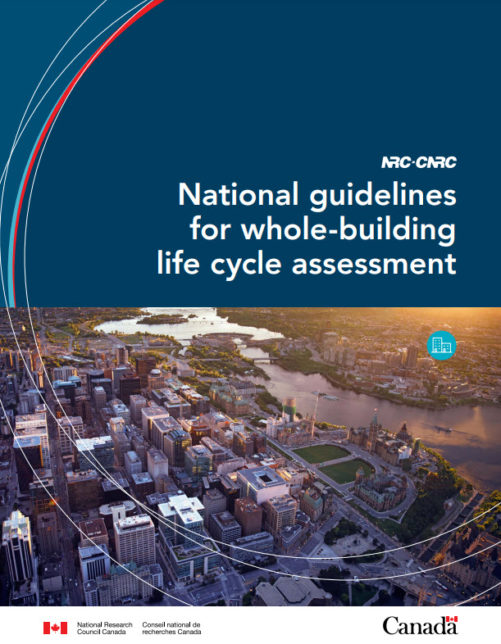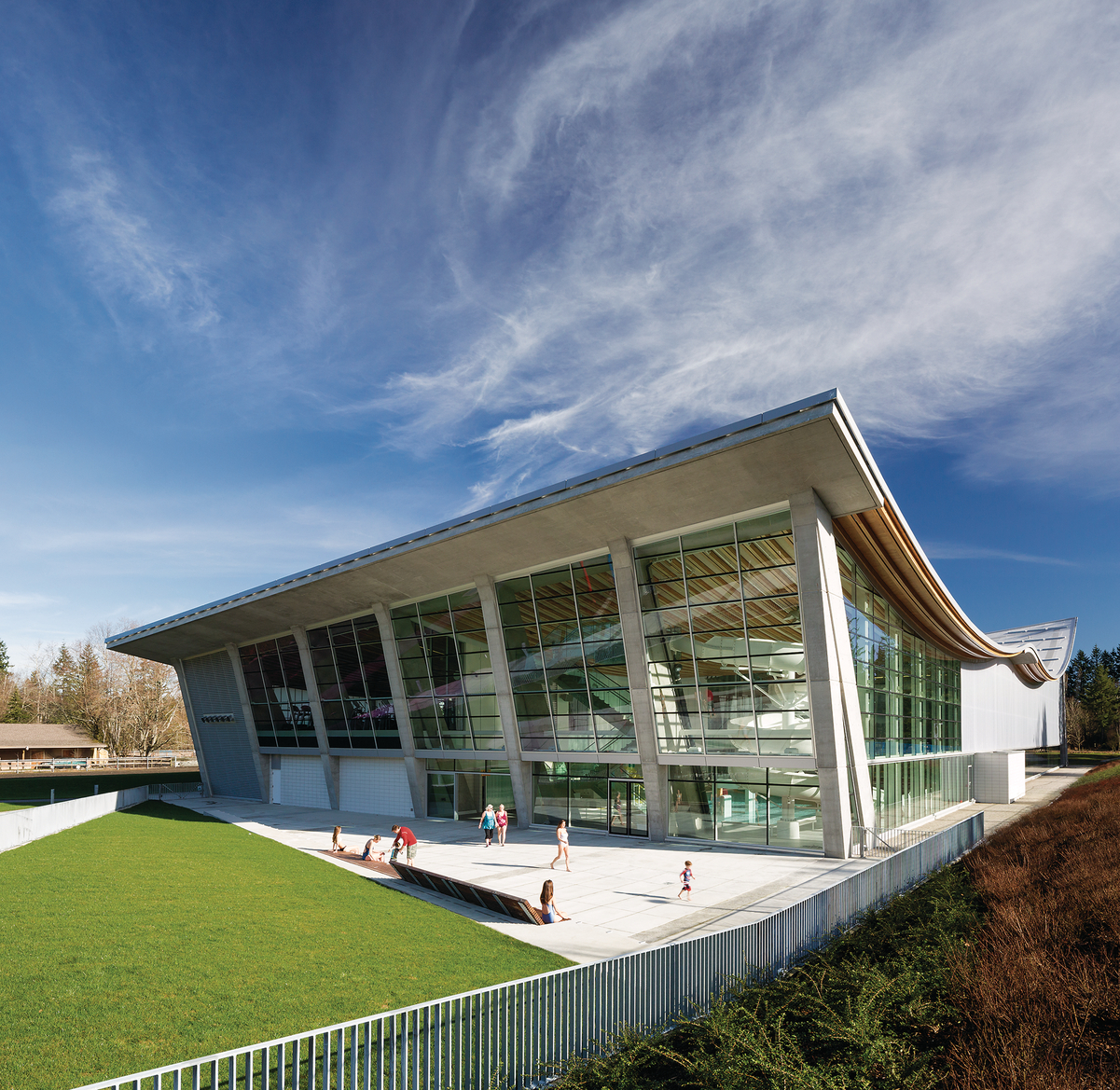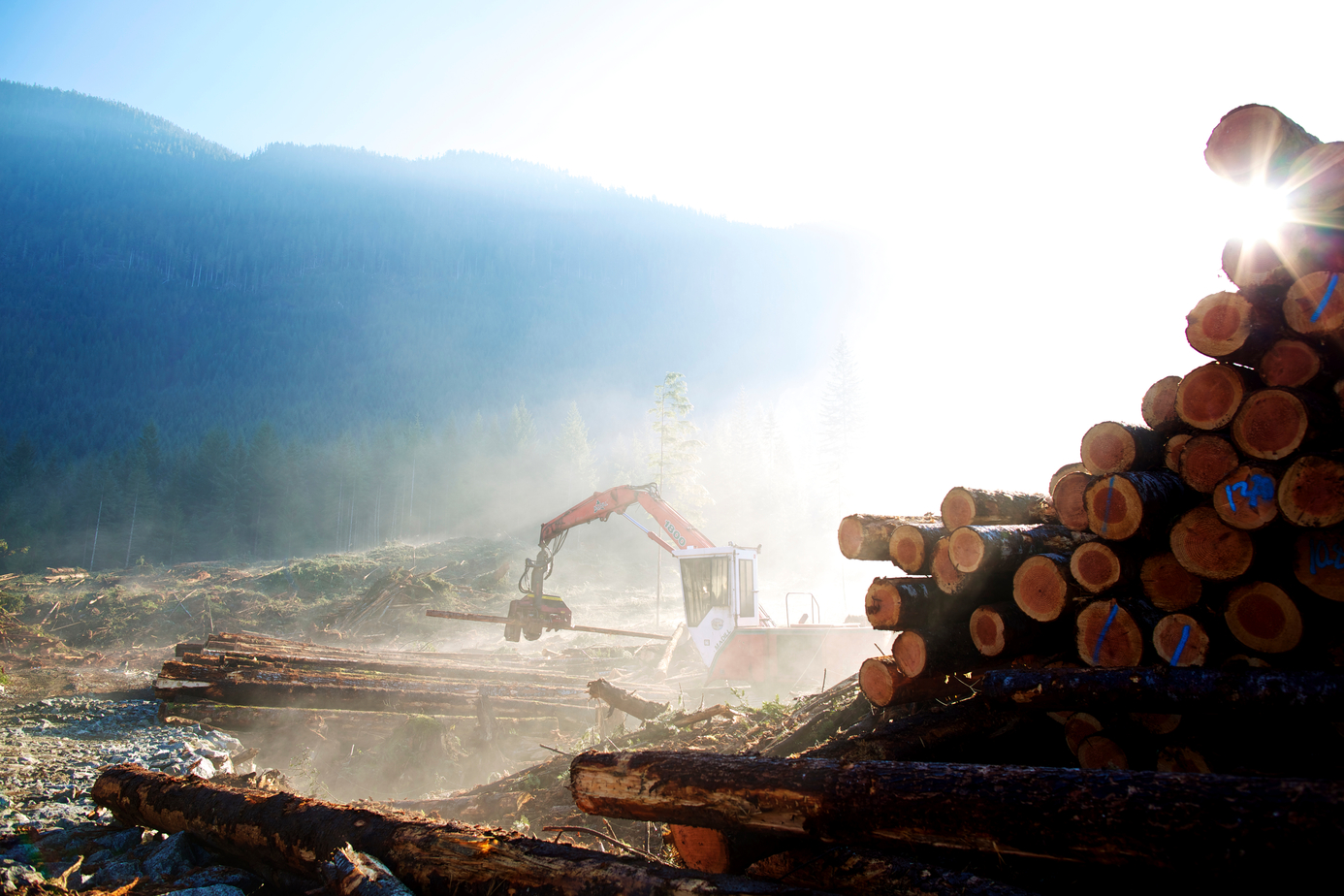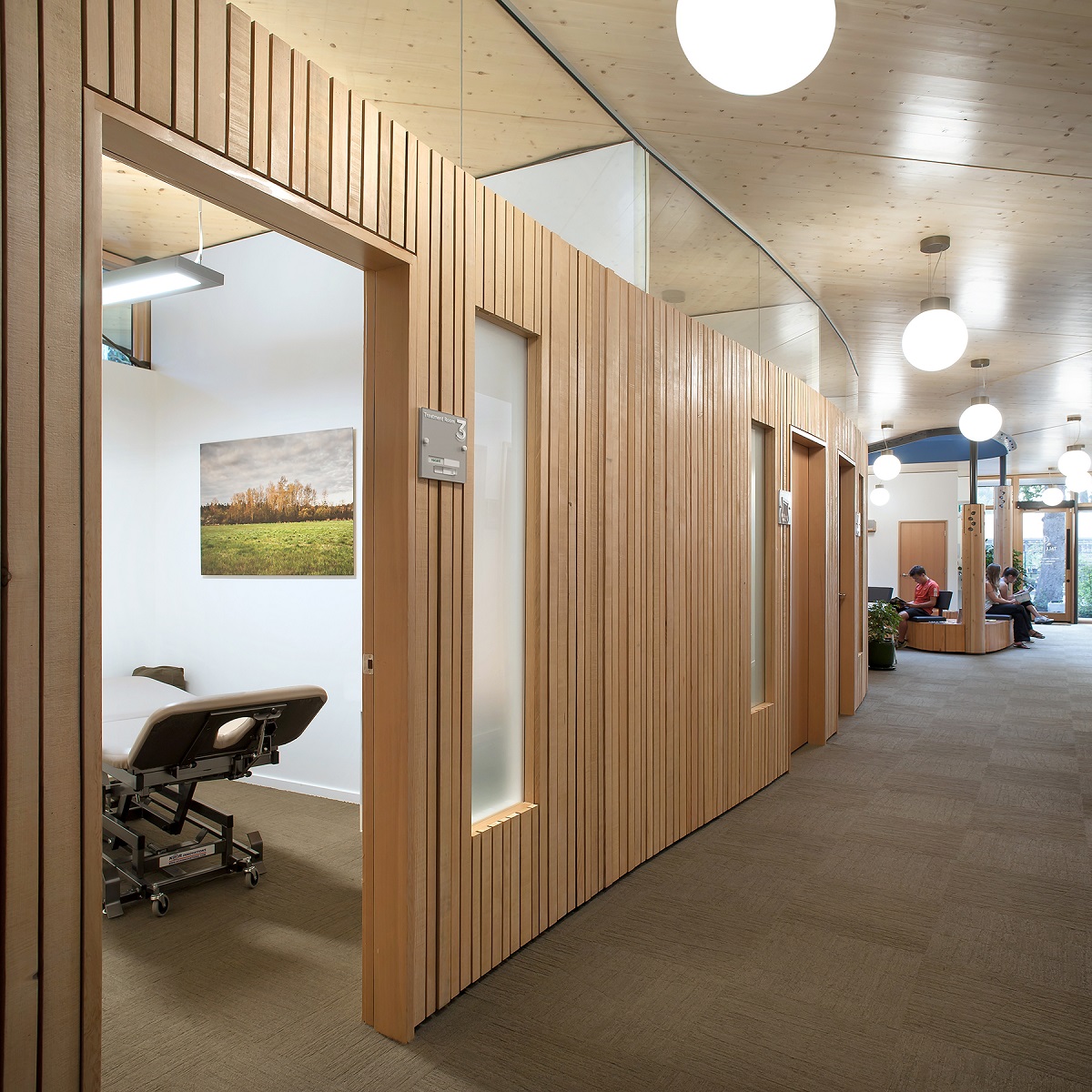Life cycle assessment (LCA) is the best method for examining the embodied carbon of buildings because it considers the life-cycle greenhouse gas emissions associated with their production, transportation, construction, use and eventual disposal.
This document produced by the National Research Council of Canada, provides comprehensive instruction for the practice of life cycle assessment applied to buildings based on relevant international standards. The goal is to harmonize the practice of whole-building life cycle assessment (wbLCA) across different studies and assist in the interpretation of and compliance with relevant standards. The guidelines will be periodically updated, as methods and standards evolve.
The purpose of this document
- Instruct wbLCA practitioners to assure quality and comparability of their results.
- Enable the calculation of reliable baselines or benchmarks.
- Support the LCA-based compliance schemes in green building programs and policy, and.
- Assist in the development and use of wbLCA software.




